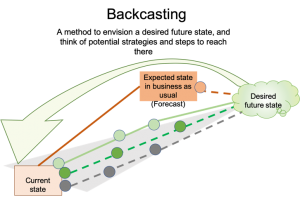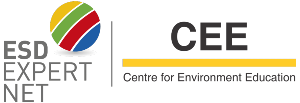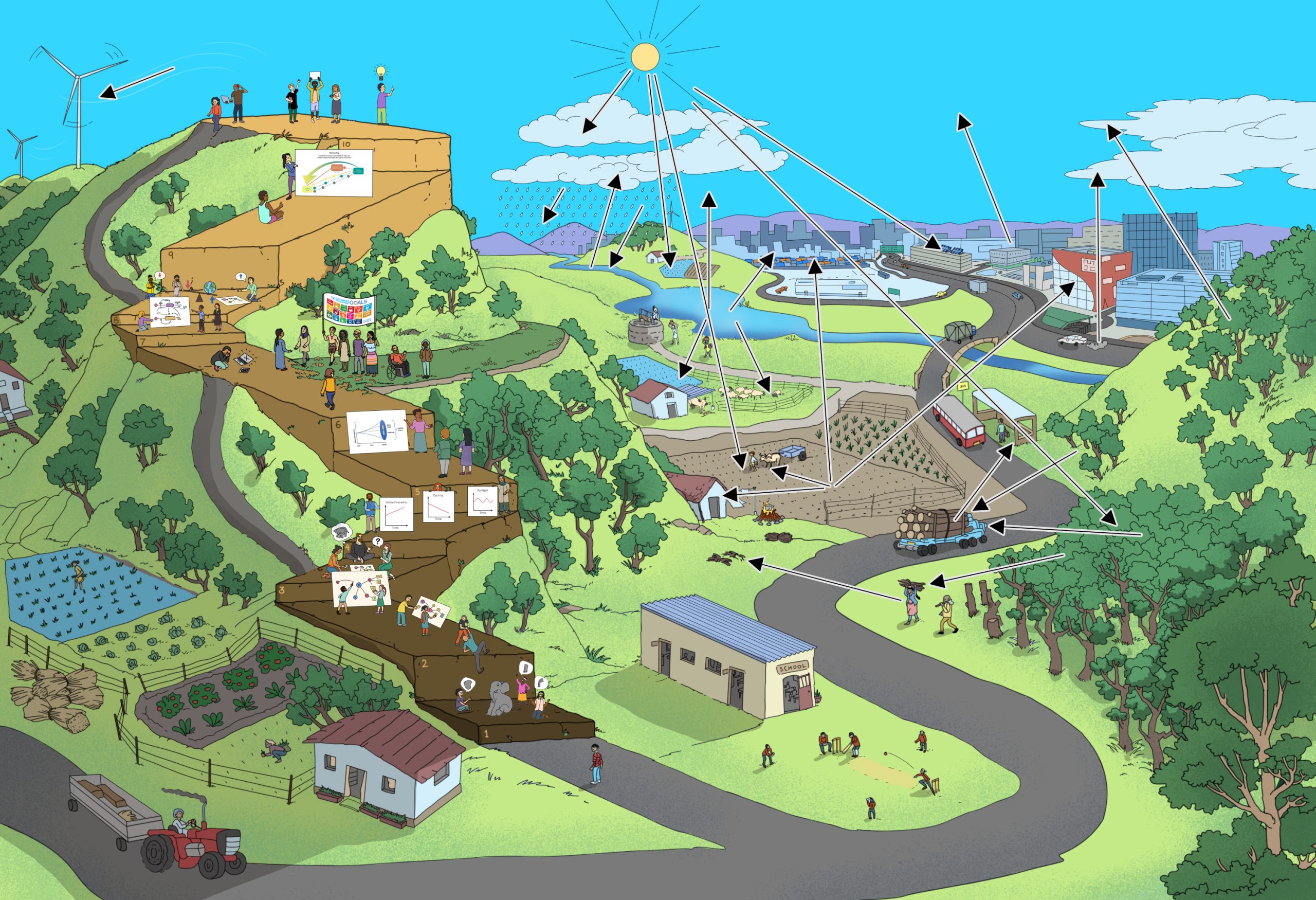Systems thinking is the ability to describe and/ or visualise a part of a complex reality, express that part of reality as a model, understand the model as a system, use the model to explain the behaviour of the system, anticipate the behaviour of the system, and evaluate its impacts on sustainable development, identify potential points of, and types of interventions, generate options to act, assess their impacts in the frame of sustainable development, and decide whether further actions are necessary or not.
- What is the aim?
To enable learners to:
- Reflect on unsustainable situations and decide on desired future in the frame of SD for the Potato chips system,
- Apply the understanding of leverage points and their handling, to decide the course of interventions to achieve desired future outcomes,
- Deal with potential dilemmas, and
- Prepare (and possibly carry out) a strategy to implement interventions.
Activities, tasks, and suggested learning methods
Activity: The future of the potato chips using Backcasting
- Form groups of no more than 4 participants. Groups formed in previous steps may continue, or new ones may be made.
- Each group may work with one of the suggested questions or generate a new one with their future perspective of potato chips:

- How can I enjoy potato chips without contributing to climate change?
- How can I enjoy potato chips without promoting inequality in the world?
- How can I enjoy potato chips without gaining weight/use as a healthy snack?
- How can our community (or school) use/ produce chips as a healthy snack?
- The first task of the working groups is to collect and write inquiries based on the leading question. A typical way of asking for information is the “W” questions: when, what, who, with whom, where and why?
- Based on the main question and the information gathered in the group, the learners envision the future they would like, and then prepare a written description or an illustration of this common vision of the future.
- Based on the vision of the future, the learners’ groups should define the steps needed to achieve it. As the aim is to develop the steps to the future by going backwards, it is important to identify the steps from the future to the past (our present) as well as what will be the main elements/ leverage points to achieve it?
- Each group may discuss the order of actions needed to achieve the vision in a sustainable way. Encourage them to think about leverage points they can influence, not just as a consumer but as an active citizen who engages with community and the government, and other stakeholders who require an external influence (politicians, factory owners, legislation, etc).
- Learners should analyse the differences between reality and the vision.
- Present to your class, the vision of the future and the concrete steps to achieve it.
Further Leading questions
- Is the vision really improving sustainability outcomes?
- What are the direct or indirect impacts of the intervention?
- Which one of the suggested visions seems to be the more sustainable to you? Why?

